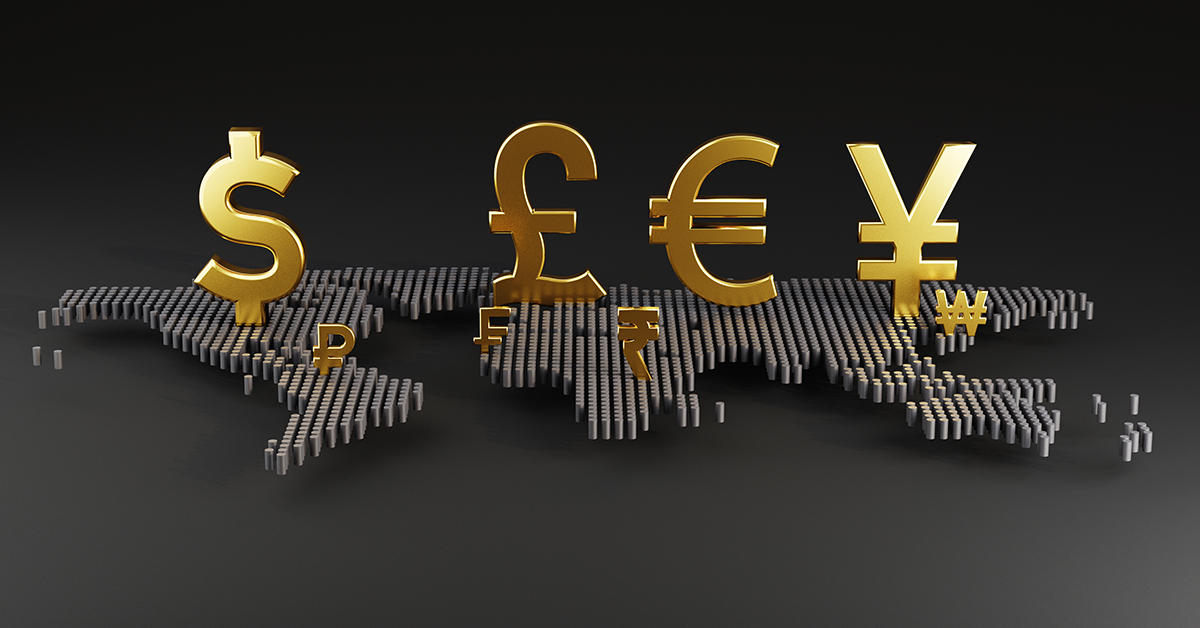Your cart is currently empty!
Global Forex Trading Understanding the Market and Strategies for Success

Global Forex Trading: Navigating the World of Currency Exchange
Global forex trading is a crucial component of the international financial system that enables trading between currencies across the globe. The foreign exchange market, known as forex, is the largest and most liquid financial market in the world, with trillions of dollars traded daily. For those looking to dive into this dynamic environment, understanding the basics is essential. To enhance your trading experience, consider utilizing a global forex trading Crypto Trading App that can provide essential tools and analytics for better decision-making.
The Basics of Forex Trading
Forex trading involves buying one currency while simultaneously selling another. This is always quoted in pairs (e.g., EUR/USD, GBP/JPY), where the first currency is the base currency, and the second is the quote currency. The forex market operates 24 hours a day, allowing traders to engage in currency exchanges at any time, accommodating various international trading styles and strategies.
Market Participants
The participants in the forex market range from large financial institutions and banks to individual retail traders. Each participant plays a role in the market dynamics, including:
- Central Banks: These institutions manage currency supply and interest rates.
- Commercial Banks: Engaged in currency trading on behalf of clients.
- Corporations: Participate in the forex market for international trade transactions.
- Retail Traders: Individual traders who speculate on currency price movements.
- Hedge Funds: Invest in currencies to manage risk and maximize returns.
Understanding Currency Pairs
Currency pairs are categorized into three types: major, minor, and exotic pairs. Major pairs involve the most traded currencies globally, such as USD, EUR, and JPY. Minor pairs include currencies that are less frequently traded and do not involve the USD. Exotic pairs feature a major currency paired with a currency from a smaller or emerging economy.
Factors Influencing Currency Prices
Several factors can influence the price of currencies in the forex market. Some of the most notable include:
- Economic Indicators: Reports such as GDP growth, employment rates, and inflation can significantly affect currency movements.
- Monetary Policy: Decisions made by central banks regarding interest rates and money supply can drive currency valuations.
- Political Stability: Countries with stable governments typically have stronger currencies, while political turmoil can lead to depreciation.
- Market Sentiment: Traders’ perceptions and reactions to news events can shift currency prices quickly.
Trading Strategies in Forex
Having a well-defined trading strategy is crucial for success in forex trading. Here are several popular strategies that traders use:
1. Day Trading
Day trading involves making multiple trades within a single day to capitalize on price fluctuations. Day traders often close their positions before the end of the trading day to avoid overnight risk.
2. Swing Trading

Swing traders hold positions for several days or weeks, aiming to profit from expected price movements. This strategy requires patience as traders often wait for the right market conditions.
3. Scalping
Scalping is a tactical strategy that focuses on making small profits from numerous trades throughout the day. Scalpers must execute trades quickly and have a keen understanding of market movements.
4. Position Trading
Position trading is a long-term strategy where traders hold positions for months or even years. This strategy relies on fundamental analysis and broader market trends instead of short-term price fluctuations.
The Role of Technology in Forex Trading
In recent years, technology has significantly transformed the forex trading landscape. Innovative trading platforms and advanced algorithms allow traders to analyze data and execute trades faster than ever before. Moreover, technology has democratized trading, making it accessible to anyone with an internet connection.
Trading Platforms
The choice of trading platform can influence a trader’s success. Features to look for in a platform include:
- User-friendly interface
- Advanced charting tools
- Risk management features
- Access to market news and analytics
Automated Trading
Automated trading systems, or trading bots, execute trades based on predefined criteria. These systems can help traders manage their time and reduce emotional decision-making.
Risk Management in Forex Trading
Risk management is paramount in forex trading. Traders must understand how to protect their capital while maximizing potential profits. Key risk management techniques include:
- Stop Loss Orders: These orders automatically close a position at a predetermined price to limit losses.
- Position Sizing: Determine the size of each trade based on the overall capital and risk tolerance.
- Diversification: Avoid putting all funds into a single currency or asset class to reduce overall risk.
Conclusion
Global forex trading presents endless opportunities for profit but comes with its risks. Understanding the market dynamics, employing effective trading strategies, leveraging technology, and focusing on risk management can lead to long-term success. Whether you are a novice or an experienced trader, continual learning and adapting to changing market conditions are crucial for navigating the complexities of the forex market.
Leave a Reply